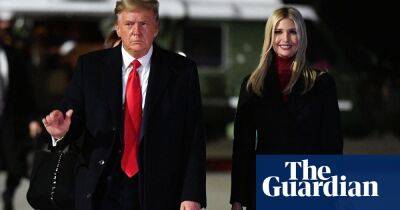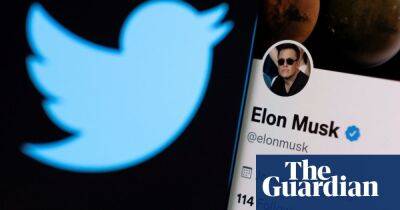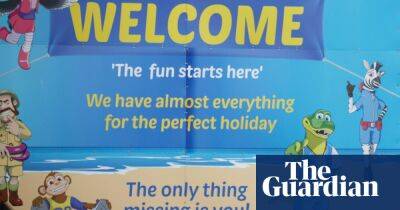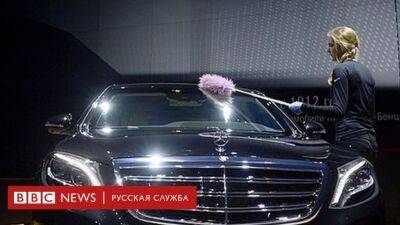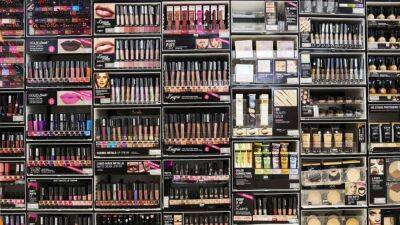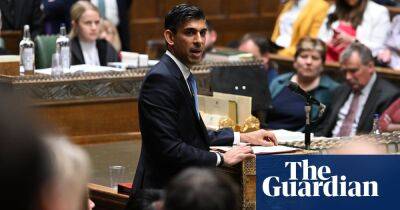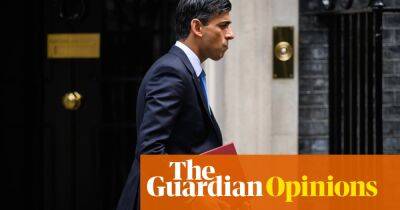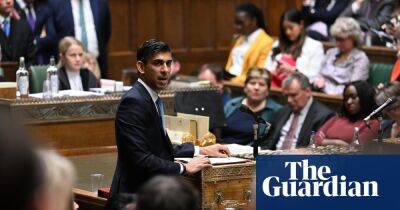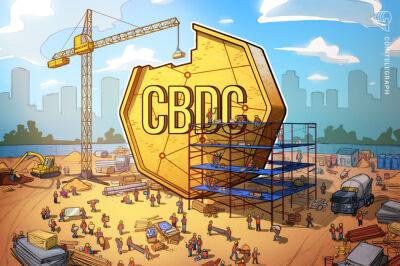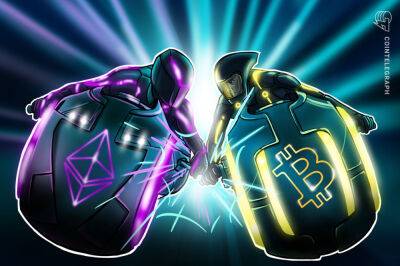BT unveil plans to make EE its consumer-facing brand
It’s still good to talk but increasingly BT customers are doing it wherever they like via connected mobile devices, rather than fixed line broadband and old-fashioned telephones.
In recognition of this generational shift, BT quietly announced in a blog post on Wednesday that after more than 30 years and some of the UK’s highest-profile ad campaigns, its flagship consumer brand is to take a back seat to upstart EE in its marketing strategy.
The company, which came into being as British Telecom in 1980 when it was still part of the Post Office and adopted BT as its name and corporate brand in 1991, said it was evolving the way it markets to consumers to focus on using the EE identity.
The company, which stressed that the BT brand is not being retired, said it will play an “important but more focused role” for consumer customers who have standalone broadband and landline services. EE will now take centre stage, not only for mobile services but bundles that include superfast broadband.
“Having both BT and EE in an already over-crowded consumer market means we must have two of everything, and that makes life harder for our customers and our people,” said Marc Allera, chief executive of BT Consumer, in the blog post. “We need to simplify things. From today, we’re starting the preparations to make the EE brand our flagship brand for consumer customers focusing on convergence and future services.”
The BT brand will also continue to be used for BT Sport, the pay-TV service set to become part of a joint venture with Warner Bros Discovery, and become the flagship brand for its business-to-business and global operations. BT will also remain as a co-brand on the company’s 550 high street stores and appear in ad campaigns.
BT is one of the
Read more on theguardian.com






